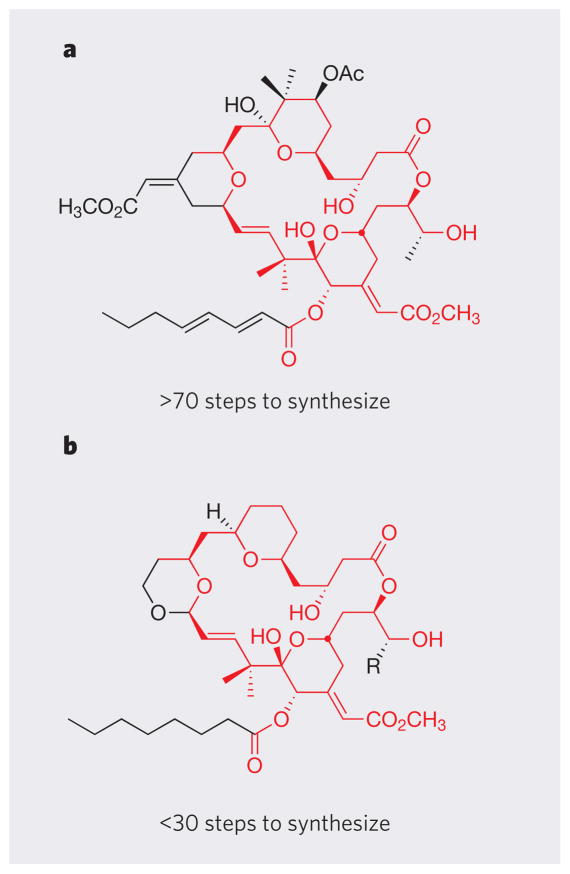Figure 5. Function-oriented synthesis as applied to bryostatin.
Currently available syntheses of bryostatin 1 (a) involve more than 70 steps, meaning that they will have no impact on supply and are as yet impractical for industrial-scale production of the compound. An analysis of the complex structural features of bryostatin suggested which parts of the molecule are essential for the compound’s biological activity and which parts are not. This allowed a structurally simpler analogue of bryostatin 1 to be designed (b), which was made in fewer than 30 steps. In cell and animal assays, this compound (and related designed analogues) performed as well as bryostatin in binding to cellular protein targets and in arresting the growth of cancer cells. Bonds and atom labels shown in red have been used to highlight parts of the two molecules that are identical.

